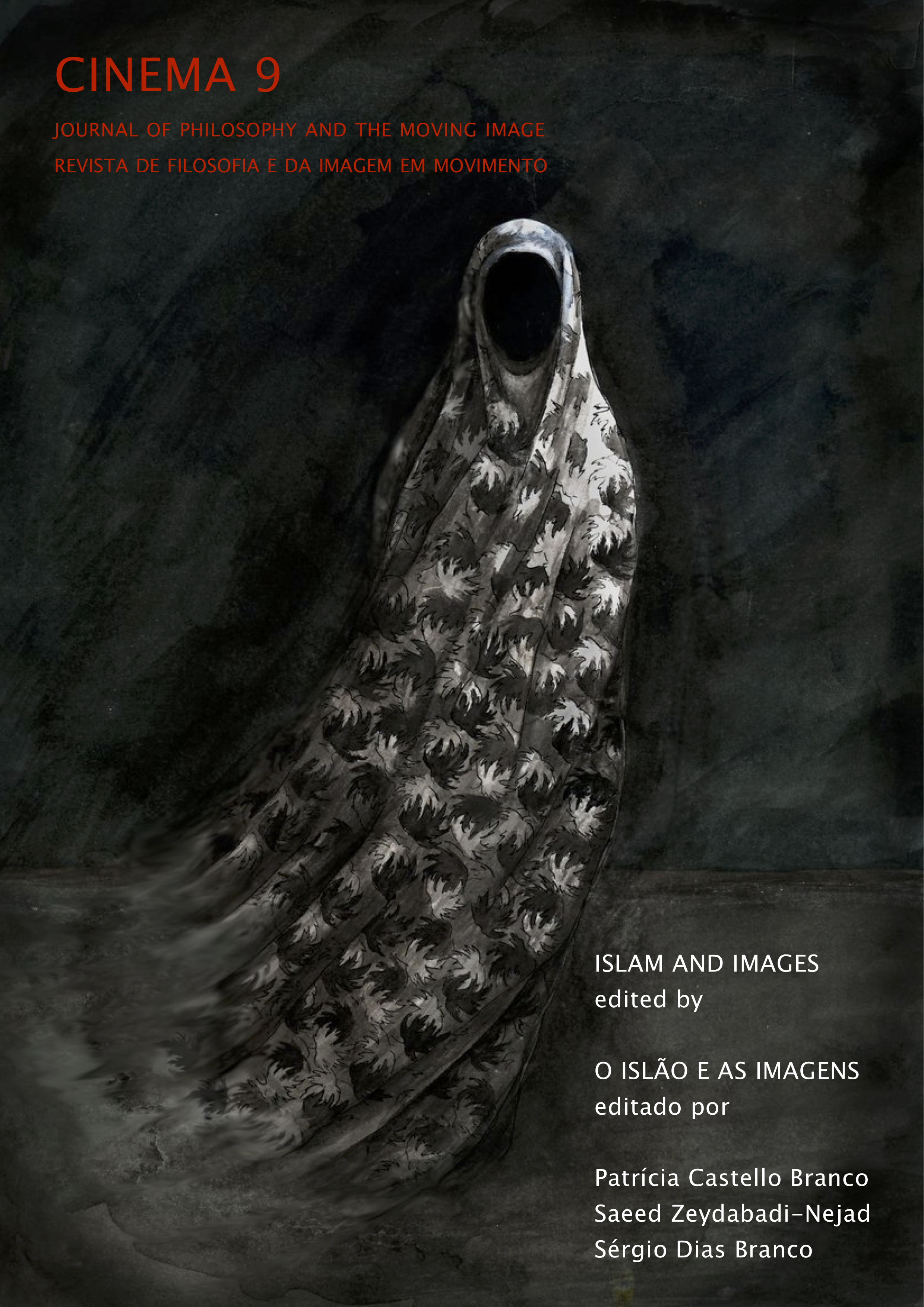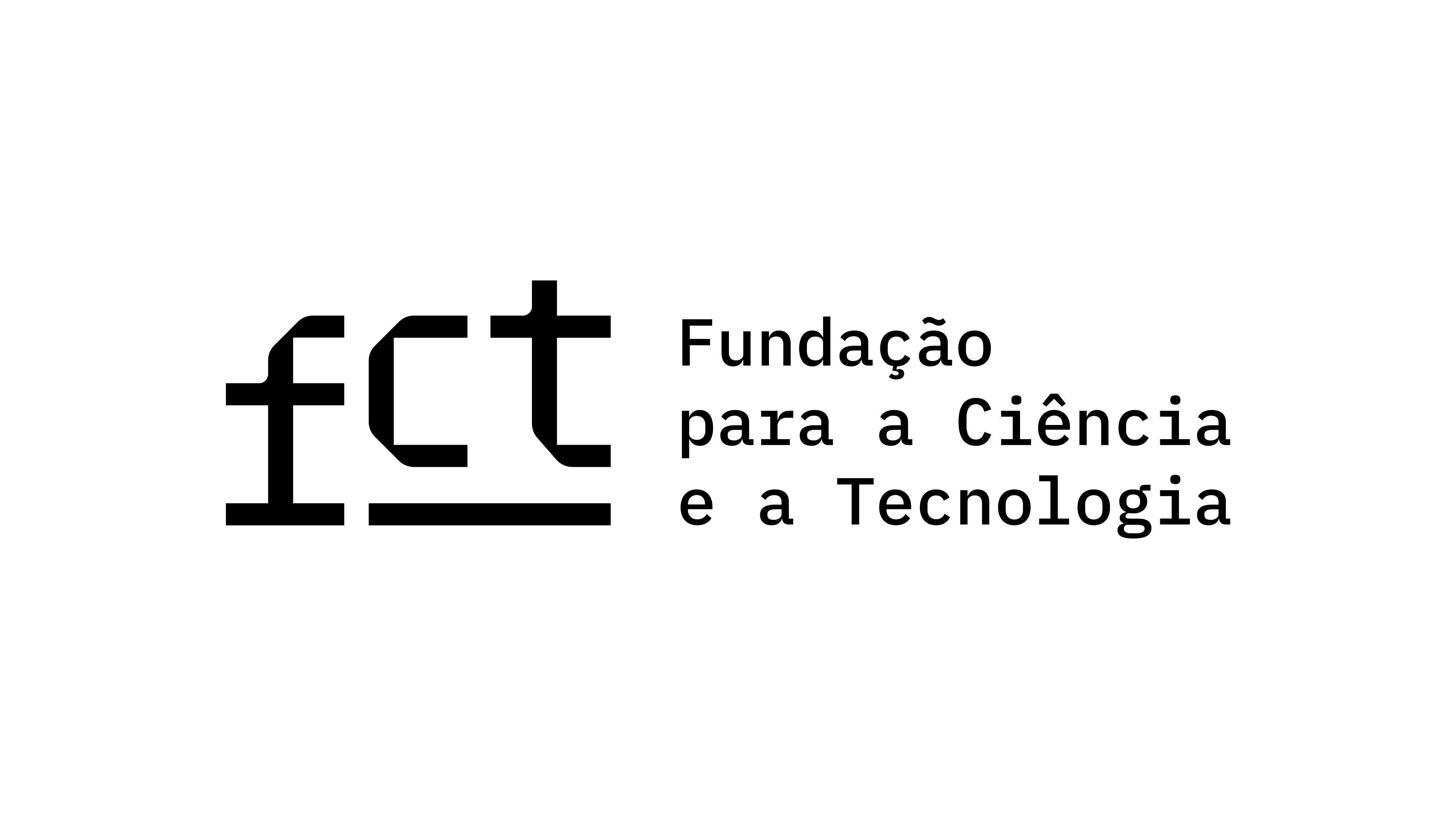Calligraphic Animation as Visual Music: A Genealogy of Islamic Synchronization of Sight and Sound
Keywords:
Animation, Calligraphic time-based art, Islamic art, Visual musicAbstract
In this article, the author traces the genealogy of calligraphic animations (here defined as animations in which Islamic calligraphic elements are the only or one of the main visual components of the film) that establish a correlation between Islamic calligraphy and music. Within the past few decades a number of time-based artworks that establish such a correlation have been created. These artworks — in the form of films, animations, interactive art pieces and performances — can be considered visual music, following a broad definition of the term. While Visual music calligraphic animations may be considered a direct continuation of earlier European visual music films (such as the works of Oskar Fischinger, Viking Eggeling, Hans Richter, and others), a detailed study of their historic-cultural context reveals a different genealogy line that goes back to the earlier centuries of Islamic civilization. It is argued in this paper that these visual music calligraphic animations and time-based artworks seem to be inspired by the putative comparisons between various aspects of Islamic calligraphy and those of music (or aural arts). The author begins the article by exploring different modes of musical analogies that were used to describe Islamic calligraphy throughout the history of Islamic civilization. He continues to review the influences of such analogies on calligraphic art, especially in the contemporary context. Then, he studies the influence of musical analogies on calligraphic time-based artworks, and contextualizes visual music calligraphic animations within such a historic-cultural background.





